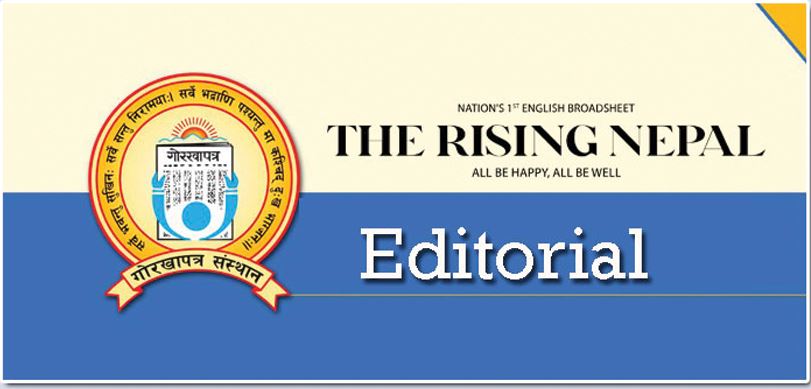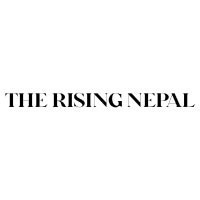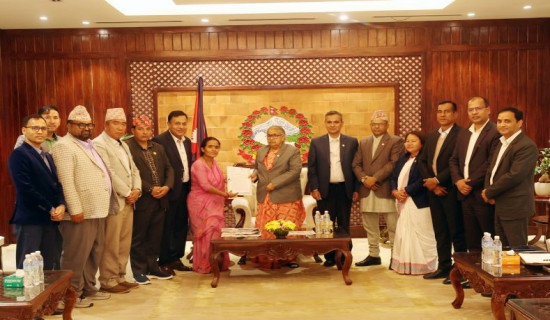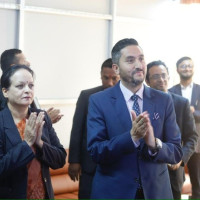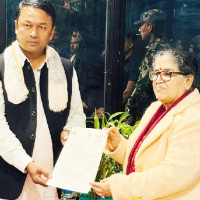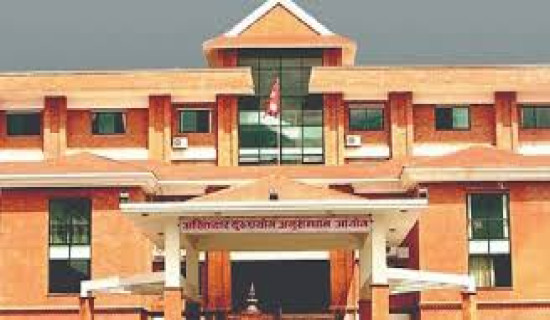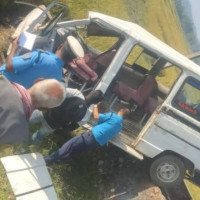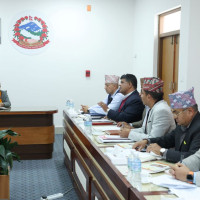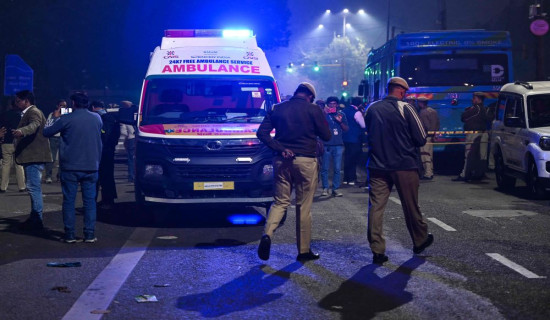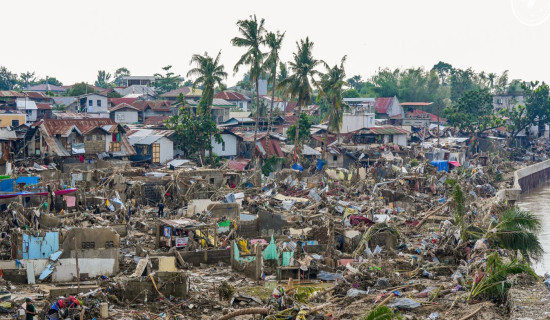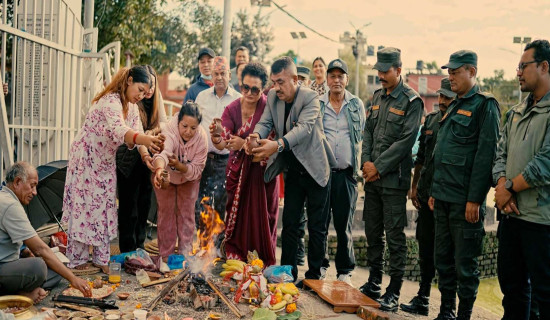- Tuesday, 11 November 2025
Gear Up For Polls
Nepal is in the midst of unprecedented political changes. The unforeseen Gen Z protest that began peacefully at Maitighar, Kathmandu, on September 8 against social media ban and entrenched corruption in the country turned violent, claiming the lives of at least 19 youth before the day ended. The next day, the protest spiraled out of control into rampant arson and vandalism. It quickly toppled the KP Sharma Oli-led coalition government of the Nepali Congress and the CPN-UML and built pressure for the formation of a new interim government led by former Chief Justice Sushila Karki. President Ramchandra Paudel dissolved the House of Representatives (HoR) at the recommendation of the new government and the fresh elections were announced for March 5, 2026. An ordinance has been brought so that the Gen Z youth can register their names in the voter’s list. The EC, on its part, has begun logistical preparations, like collecting ballot boxes and identifying polling stations.
Unfortunately, less than a month later, torrential rains lashed most parts of the country on October 3 and 4, with disproportionate loss of lives in Ilam district of Koshi Province. Several highways have been badly damaged, while a number of bridges have been washed away. But an effective and coordinated response from the new government prevented further damage, in contrast to a similar monsoon a year ago, when numerous lives were lost and a lot of infrastructure was destroyed. Several people took to social media to praise the ‘visible’ presence of the government for the first time in their life. This has significantly enhanced the legitimacy of the new government with the paramount task of holding elections on the slated date and handing over power to the elected executive. Given a short span of time for preparation and the Tihar and Chhath festivals coming in between, the government needs to focus all its attention and resources on the polls.
Meanwhile, the Election Commission on Monday approved the election schedule in the run-up to the March 5 polls for the HoR. There is no doubt that the election is the best way out of the current transition and all stakeholders – political parties in particular – must get going for the polls. The CPN-Maoist Centre has accepted the need to go among the people for a fresh mandate, and also dissolved its central committee, declaring to hold its general convention by December. But the Nepali Congress and the CPN-UML do not seem as responsive as the Maoists when it comes to party restructuring, though the Gen Z activists and the general public alike wish the old guard of these parties to clear the path for newer generations. Besides, there are strong voices within the party to transfer the leadership. Both parties are expected to announce tangible reform measures when they hold central committee meetings in the next few days.
Obviously, some party loyalists and those who feed on conspiracy theories raise questions about the government’s motive and capacity to hold elections on time. But this argument does not hold much water. There is also a view that the government has not reached out to the political parties yet to convince them to take part in elections. This may be because Dashain holidays and the monsoon havoc immediately after occupied the government beyond expectations. The government should now take measures that create a balance between Gen Z fervour for radical change and the change-averse leadership of the major political parties to organise elections successfully. The earlier the government takes steps towards this end, the better for the country and its people.

